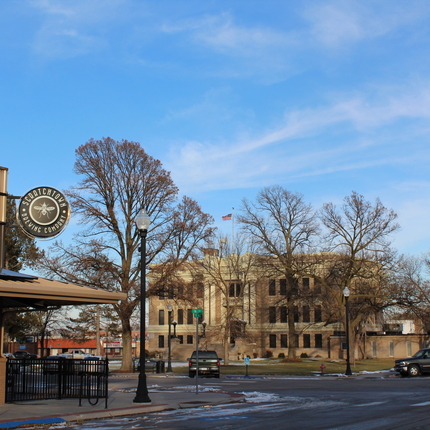By Jordan Rasmussen, former staff member
The internet is now considered a basic human right; it is how people find employment, handle their finances, attend college, work and receive medical care. However, not everyone is able to use the internet to its full potential, due primarily to slow speeds. Rural areas are at a disadvantage when it comes to accessing broadband.
Take a look at Nebraska. In 2014, 87 percent of Omaha residents subscribed to internet at home. In Lincoln, this increased to 90 percent. This number falls between 72 to 77 percent throughout the rest of the state. Those in rural areas with a subscription typically have one provider to choose from. In many cases, this provider offers only mobile access or DSL. The Federal Communications Commission estimates that 51 percent of Nebraska’s rural population lacks access to broadband services that meet minimum speed requirements.
Rural communities need broadband access
The existing digital divide places Nebraska’s rural communities at a disadvantage in the realms of health care, education and economic development.
A primary barrier to health care access in rural settings is geographic distances between patients and providers. The use of technology to deliver health care from a distance, or telehealth, has been demonstrated as an effective way to overcome certain barriers to care. Reliable access to broadband is imperative if we are to capitalize upon opportunities afforded by telehealth in rural areas.
The Nebraska Department of Education reported that 22 percent of teacher vacancies were unfilled as of the beginning of the 2015-16 academic year. Broadband can provide rural communities with the option for virtual instruction to fill the gap between educational needs and availability. Broadband also extends the reach of instructors and creates economies of scale. A rural student may not be able to relocate to enroll in a college or university, or may find a two‐hour bus ride to school a hardship; however, with a broadband connection, the student can learn a foreign language, take an advanced placement biology course or enroll in a university class.
Further, broadband access boosts rural economic development. The University of Nebraska reports that 60 percent of Nebraska businesses reported selling goods or services online. Those who do, report cost savings averaging 4 percent. The same report shows that access has a positive impact on jobs, with 364 respondents reporting a net increase of 654 jobs due to using the internet. Respondents also show a revenue of 25 to 45 percent from commerce online.
Existing structures for bringing broadband to rural communities
For more than two decades, the State of Nebraska has formally worked to bring internet access to all Nebraskans. In 1997, the Nebraska Universal Service Fund, or NUSF, was authorized to ensure all Nebraskans have comparable access to telecommunications services at affordable prices. The Broadband Program, one of four within the NUSF, is designed to provide specific and targeted broadband support to unserved and underserved areas of the state, specifically where there are fewer than 4.5 homes per square mile. NUSF is funded through a 6.95 percent surcharge on in-state retail telecommunications revenue. During fiscal year 2015-16, the NUSF collected $42.9 million.
Four years later, Nebraska Internet Enhancement Fund, or NIEF, was created to provide financial assistance for infrastructure projects that bring broadband service to underserved areas of the state. In order to be eligible, communities are required to demonstrate the service provider is an eligible service provider of telecommunications, video, internet or other related services as determined by rule and regulation of the commission and the applicant can provide matching funds of at least 25 percent of the total projected cost. Between 2001 and 2003, the legislature allocated $350,000 to the fund with the remaining balance primarily coming from dark fiber leases. Dark fiber lease funds have dwindled in the last few years.
Bringing the resources together
In recent years, utilization of NIEF and NUSF has declined due to funding and project limitations. Addressing the challenges of limited funds in the Nebraska Internet Enhancement Fund and the parameters placed upon the Nebraska Universal Services Fund Broadband Program, LB 523, a pending amendment, offers a solution. It transitions NIEF from a free-standing program to one housed within the NUSF, allowing funding and flexibility to come together for the benefit of Nebraska’s rural communities.
LB 523 also removes the requirement that community applicants provide matching funds of at least 25 percent of the project cost. Doing so removes an important barrier to community participation. The underserved communities this program was created to assist are often least able to afford a matching contribution.
We are in support of LB 523
The ability to expand broadband access provides social and economic opportunities for Nebraskans. LB 523 and its amendment provide the Public Service Commission the capacity to grant the funding needed to Nebraska’s rural communities.





